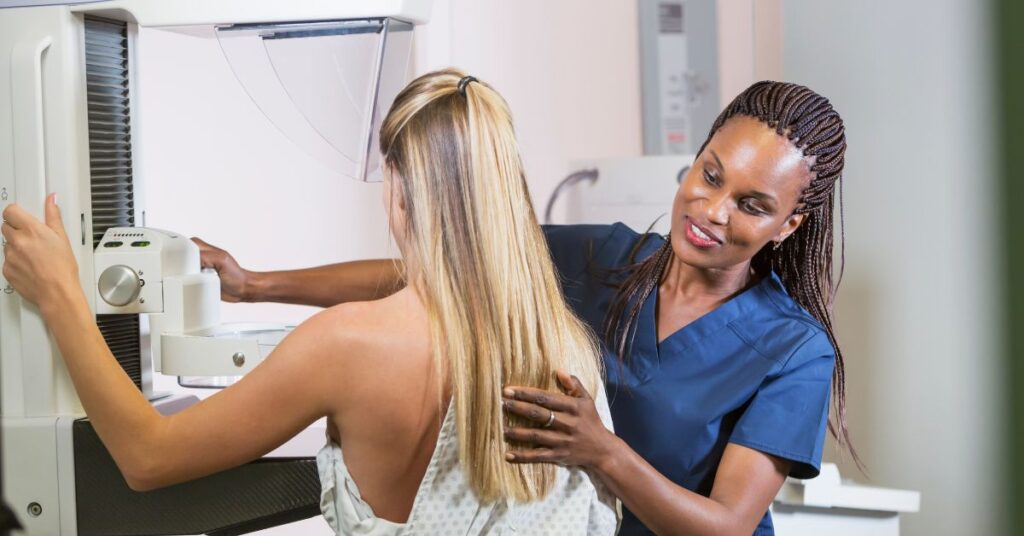Introduction
Breast cancer is a significant health concern globally, affecting millions of women each year. Early detection through regular breast screening, particularly mammograms, is crucial in effectively managing and treating the disease. This comprehensive guide explores the critical aspects of mammograms, from the technology and process to tips on finding a reputable mammogram clinic and understanding the costs involved.

What is a Mammogram?
Defining Mammography
A mammogram is an X-ray image of the breast used to detect and diagnose breast cancer. Mammography uses a low-dose X-ray system specially designed for creating detailed images of the breast tissue, allowing for the early detection of cancerous growths that may not be palpable.
Types of Mammography
Mammography can be categorized into two main types:
- Screening Mammograms: These are routine checks recommended for women who show no symptoms of breast cancer. They are crucial for early detection and can significantly enhance treatment success.
- Diagnostic Mammograms: Performed when a potential abnormality is detected during a screening mammogram or if a woman presents symptoms such as a lump, pain, or nipple discharge.
The Importance of Breast Cancer Screening
Early Detection Saves Lives
The primary benefit of regular mammograms is the early detection of breast cancer. Statistics show that when detected early, the five-year survival rate for breast cancer can be as high as 99%. Early detection through mammography allows for a broader range of treatment options and a significantly better prognosis.
Recommendations for Screening
- Age 40-44: Women should have the option to start annual breast cancer screening with mammograms if they wish to do so.
- Age 45-54: Mammograms are recommended every year.
- Age 55 and older: Transition to mammograms every two years, or continue yearly screening, depending on individual risk factors and doctor recommendations.
Choosing a Mammogram Clinic
Finding a Mammogram Clinic Near Me
To locate a mammogram clinic, consider factors such as accreditation, the experience of the radiologists, and the technology used. Accredited facilities are evaluated on their staff qualifications, equipment, quality control procedures, and image quality.
Breast Screening Near Me
For convenience and consistency in monitoring breast health, find a breast screening location that is easily accessible and maintains a high standard of care. This ensures that you can attend regular screenings as recommended.
Understanding Mammogram Costs
Mammogram Price
The cost of a mammogram can vary based on several factors, including geographic location, the facility, and whether you are insured. In many cases, health insurance plans cover the full cost of routine screening mammograms. It’s essential to verify coverage with your insurance provider.
Managing Mammogram Cost
For those without insurance or adequate coverage, many national and local programs offer low-cost or free mammograms. Research and reach out to local health departments or cancer advocacy groups for assistance.
Preparing for Your Mammogram
What to Expect
During a mammogram, you will stand in front of a special X-ray machine. A technologist will place your breast on a clear plastic plate, and another plate will firmly press your breast from above. The plates flatten the breast, holding it still while the X-ray is taken.
Tips for a Smooth Experience
- Schedule your mammogram one week after your menstrual period when breasts are less tender.
- Wear a two-piece outfit to ease the process of undressing.
- Avoid deodorants or powders on the day of the exam, as they can appear as white spots on the X-ray.
After the Procedure: Next Steps
Interpreting Results
After your mammogram, a radiologist will review the images and report any findings to your doctor. If abnormalities are found, further testing, such as an ultrasound or a biopsy, may be recommended.
Follow-Up Care
If follow-up tests are necessary, stay calm and gather as much information as possible. Early detection and appropriate follow-up care can lead to very successful treatment outcomes.
Conclusion
Mammograms are a critical tool in the fight against breast cancer, providing early detection that can lead to effective treatment and increased survival rates. By understanding the importance of regular screenings, knowing what to expect, and how to prepare for a mammogram, women can take proactive steps towards maintaining their breast health. Remember, the key to combating breast cancer is early detection.